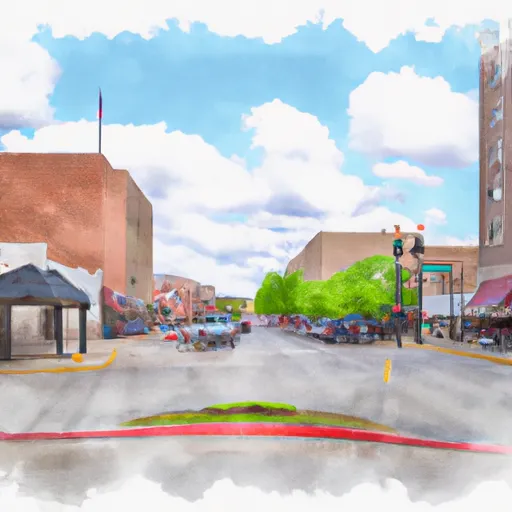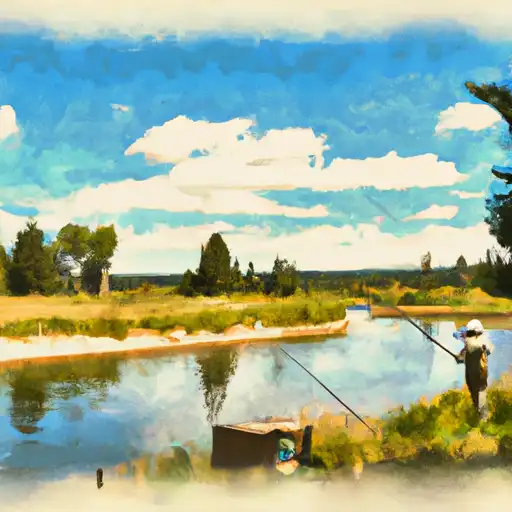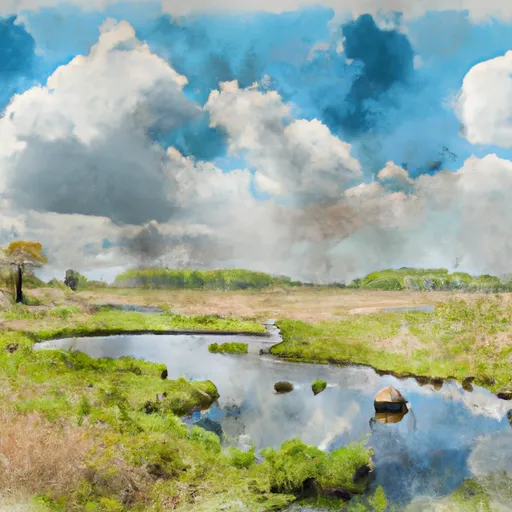°F
°F
mph
Windspeed
%
Humidity











Battle Creek is a small town located in western Iowa, with a continental climate characterized by four distinct seasons. Summers are hot and humid, while winters are cold and snowy. The town is situated near the Battle Creek Watershed, which is home to several hydrology constituents such as the Soldier River and Willow Creek. These waterways provide opportunities for fishing, kayaking, and boating. The town also boasts several parks and trails, including the Battle Creek City Park and the Wagon Wheel Park Trail. Outdoor enthusiasts can enjoy hiking, biking, and other recreational activities in the area.
Weather Forecast
Battle-Creek receives approximately 780mm of rain per year, with humidity levels near 84% and air temperatures averaging around 9°C. Battle-Creek has a plant hardyness factor of 5, meaning plants and agriculture in this region thrive during a short period during spring and early summer. Most plants will die off during the colder winter months.
Regional Streamflow Levels
30
Cubic Feet Per Second
12
Cubic Feet Per Second
149
Cubic Feet Per Second
55
Cubic Feet Per Second
Nearby Camping
| Camping Area | Reservations | Toilets | Showers |
|---|---|---|---|
| Glenwood Lake Park | |||
| Olde Towne Co Park | |||
| Carson City Park | |||
| Waubonsie State Park | |||
| Pony Creek Co Park | |||
| Verdon Lake State Rec Area |



